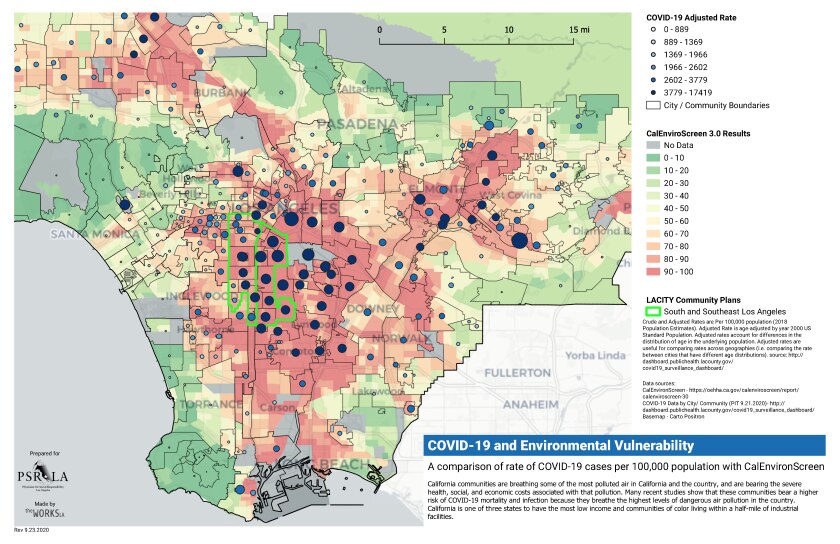

Individualist ideologies that prevail in Western, educated, industrialized, rich, and Democratic (WEIRD Henrich, Heine, & Norenzayan, 2010) settings inform both laypersons’ (particularly White Americans in this case) and psychological science’s conception of racism as individual-level phenomena (e.g., Adams, Edkins, Lacka, Pickett, & Cheryan, 2008 Sommers & Norton, 2006). This approach can obscure the particular role that race, embedded in historical and cultural contexts, has played in organizing which persons and identities recurrently compose marginalized and dominant groups.Ĭonventional understandings of racism typically locate the driving force in the attitudes, beliefs, and behaviors of biased and prejudiced individuals.


Though sometimes specified, the context of race is not necessarily treated as distinctive in social-psychological research instead, the psychological consequences and antecedents for racism are typically extrapolated from minority (vs. This practice implicitly conceptualizes racism as a set of basic social-psychological processes underlying the psychologies of individuals (i.e., stereotyping, prejudice, and discrimination) merely applied to the context of race. The term racism is often used synonymously with prejudice (biased feelings or affect), stereotyping (biased thoughts and beliefs, flawed generalizations), discrimination (differential treatment or the absence of equal treatment), and bigotry (intolerance or hatred). It covers up an everyday practice of betraying the claims of equality, justice, and democracy. The American idea is the nation’s holiday garb, its festive dress, its Sunday best. This perspective directs attempts at intervention away from individual tendencies and instead focuses on changing the structures of mind in context that reflect and reproduce racial domination.

Third, we inhabit cultural worlds that, in turn, promote racialized ways of seeing, being in, and acting in the world. Second, through our preferences and selections, we maintain racialized contexts in everyday action. First, one can find racism embedded in our everyday worlds. We discuss three key insights on the psychology of racism derived from utilizing a cultural-psychology framework. In this review, we highlight examples of historically derived ideas and cultural patterns that maintain present-day racial inequalities. Theory and research in cultural psychology highlight the need to examine racism not only “in the head” but also “in the world.” Racism is often defined as individual prejudice, but racism is also systemic, existing in the advantages and disadvantages imprinted in cultural artifacts, ideological discourse, and institutional realities that work together with individual biases.


 0 kommentar(er)
0 kommentar(er)
